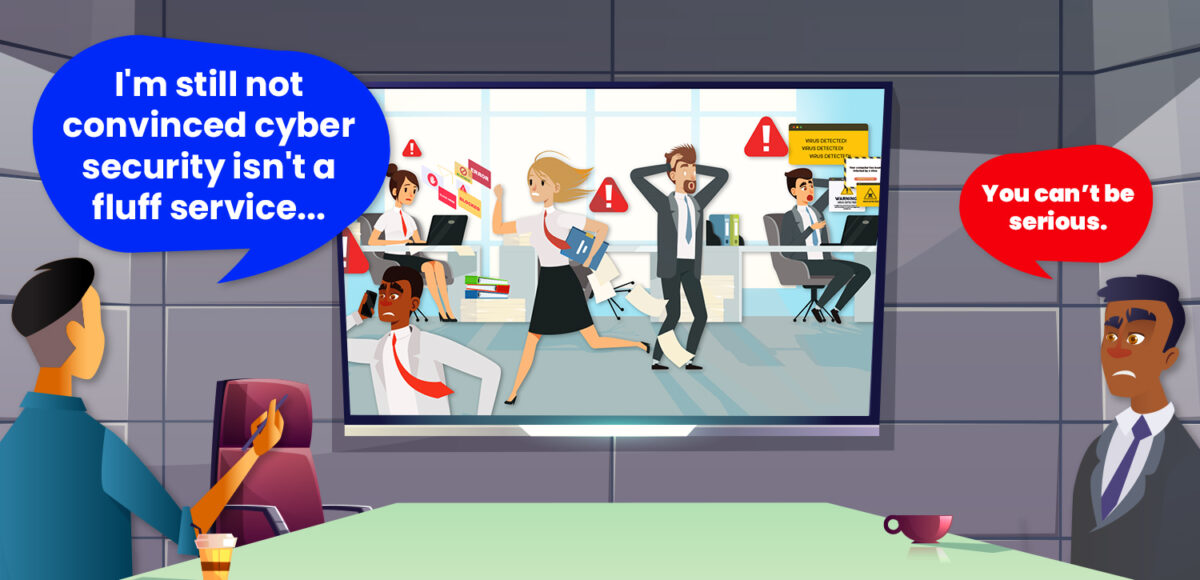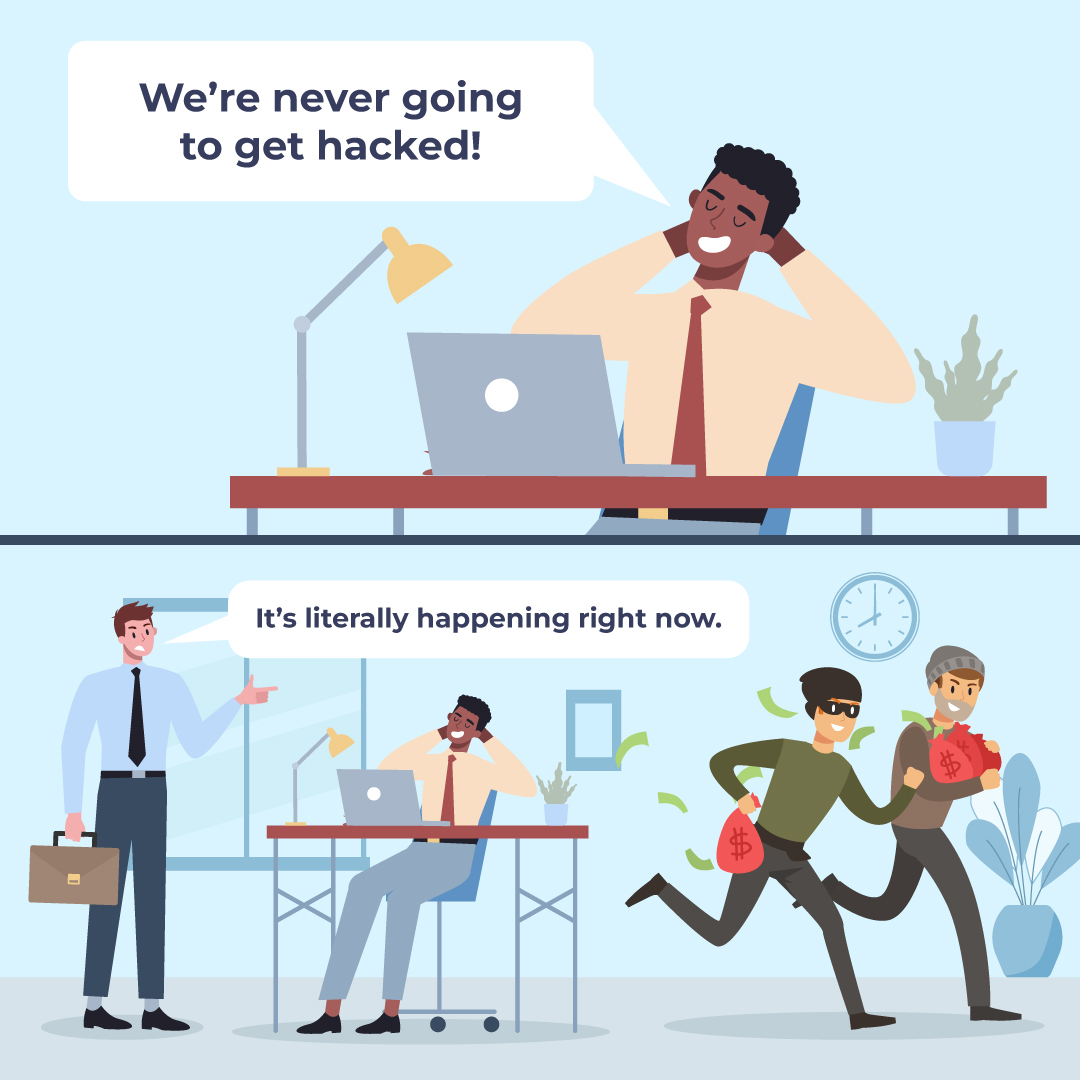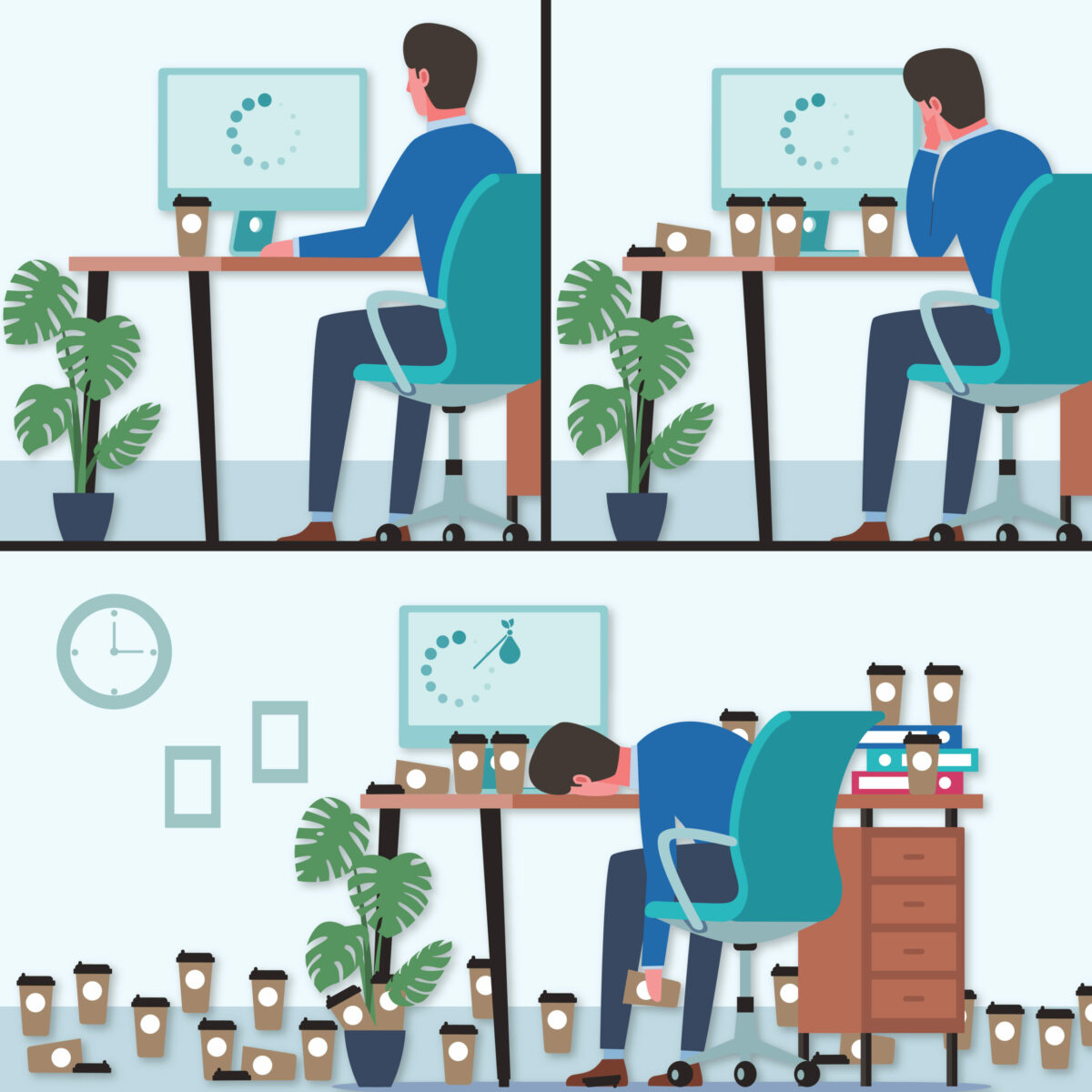The hybrid work model, blending remote and office-based tasks, presents unique cybersecurity challenges for many businesses. In this blog, we’ll delve into these challenges and provide clear Hybrid Work Cybersecurity Strategies to help business owners mitigate their impact.

Let’s dive into Hybrid Work Cybersecurity Strategies!
Table of Contents
- Simplifying Access to Company Resources:
- Spotting Security Risks:
- Flexible Security Rules:
- Practical Tips for Business Owners:
- Conclusion:
Simplifying Access to Company Resources:
In a hybrid work environment, it’s crucial to guarantee that employees have access solely to the resources necessary for their roles, and nothing beyond. Imagine it like entrusting a house key solely to individuals who require entry. Streamlining the process of distributing these ‘keys’ (or access to company assets) can enhance efficiency and diminish ambiguity, particularly in situations where swift access is essential.
Spotting Security Risks:
With team members operating from different locations, identifying activities signaling potential security threats becomes more challenging. It’s like monitoring multiple doors simultaneously. Companies must adopt more intelligent methods to oversee these entry points – consider sophisticated alarm systems capable of notifying you of any discrepancies, even in your absence. Optimal cybersecurity measures vigilantly guard these doors, promptly informing your business of any irregularities!
Flexible Security Rules:
Security protocols must be versatile and easily adjustable. For instance, should an employee attempt to access documents from an unfamiliar location, the system may require additional verification or momentarily restrict their viewing capabilities. It’s crucial to have these protocols established and to be well-informed on how to implement them. They play a critical role in granting the correct access rights to employees and sealing any potential vulnerabilities within your network.
Practical Tips for Business Owners:
- Educate Your Team: Teach your team about safe online practices and how to not “open the door” for hackers and threats.
- Encourage Secure Connections: Use tools like VPNs (Virtual Private Networks) to create a secure ‘tunnel’ for your data. A VPN is like sending your mail in a locked box rather than a transparent envelope.
- Extra Security Steps: Implement extra steps like Multi-Factor Authentication, which sends a code to your phone when logging into important systems. Make sure you take the time to do this, and don’t underestimate the necessity!
- Keep Systems Updated: Ensure all devices used for work are up-to-date with the latest security features.
- Guide on Home Network Security: Help your team secure their home internet connections so that their home security is just as robust as your office.
Conclusion:
Implementing Hybrid Work Cybersecurity Strategies in a hybrid work environment doesn’t need to be overwhelming. By streamlining access to resources, staying vigilant against unusual activities, and enforcing flexible security protocols, you can safeguard your business efficiently. Proper execution of these strategies ensures a secure and adaptable work setting that accommodates your team’s requirements. If you have any questions, don’t hesitate to contact our team!




